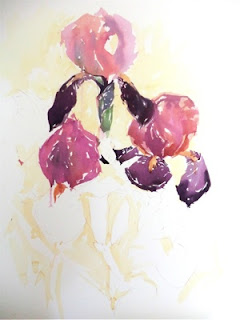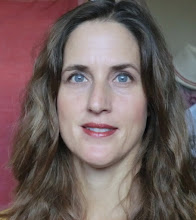Watercolour and selected acrylic inks on Saunders Waterford Paper
I always try to paint an expressive botanical between more serious studies. They are so freeing and enjoyable. I wanted to bump up the colour so I used some of my new acrylic inks here and there and I think they made quite a difference. Watercolours can dry a little flat and matt for my liking so I can see myself using acrylic inks quite a bit in the future.
I have shown 3 stages to this painting. The first was a light and loose drawing using a cinnamon pastel pencil followed by light washes to fill in negative spaces and get a feel for the subject. I then carried on building up the painting until I was happy with the overall balance of colour and shapes.













